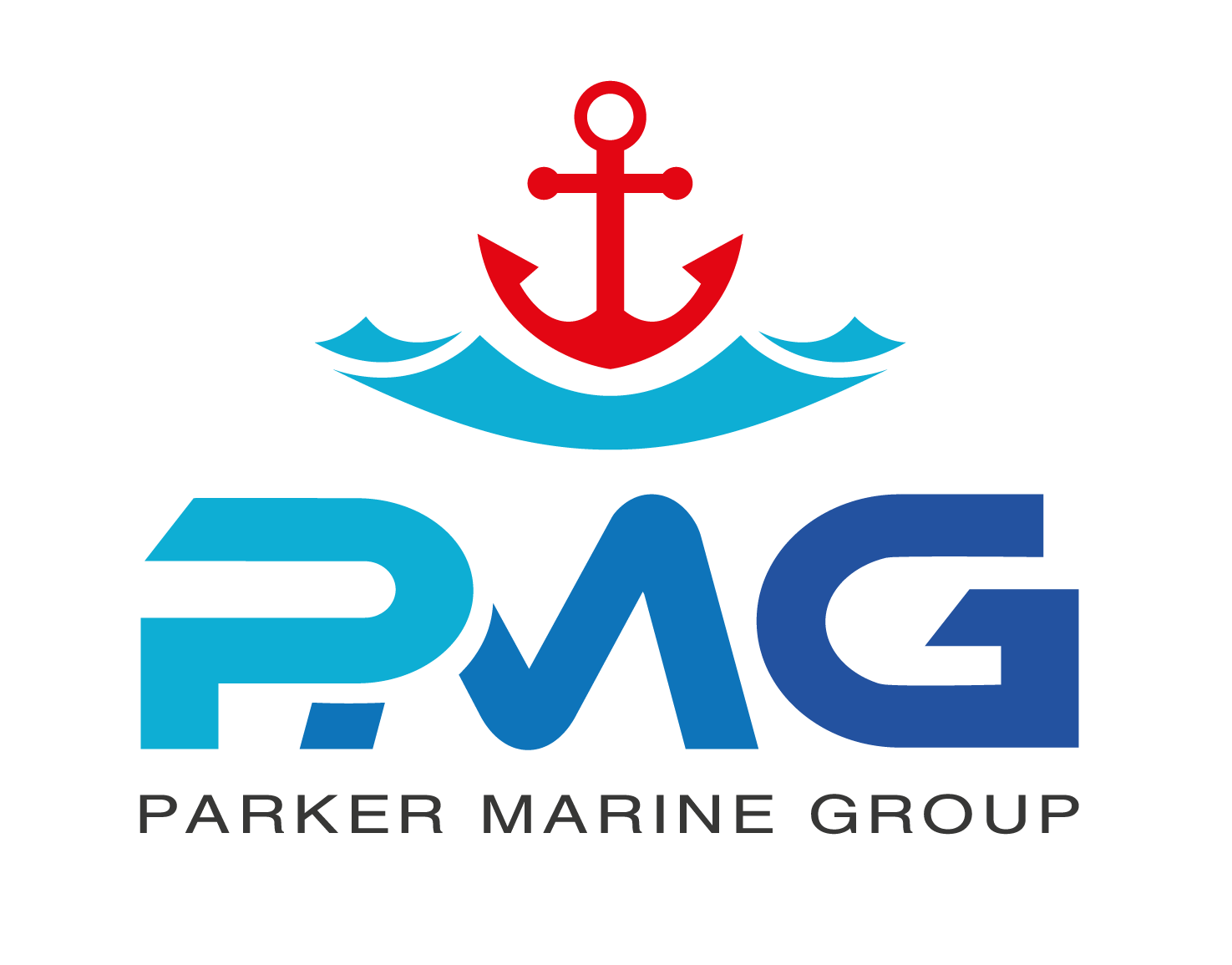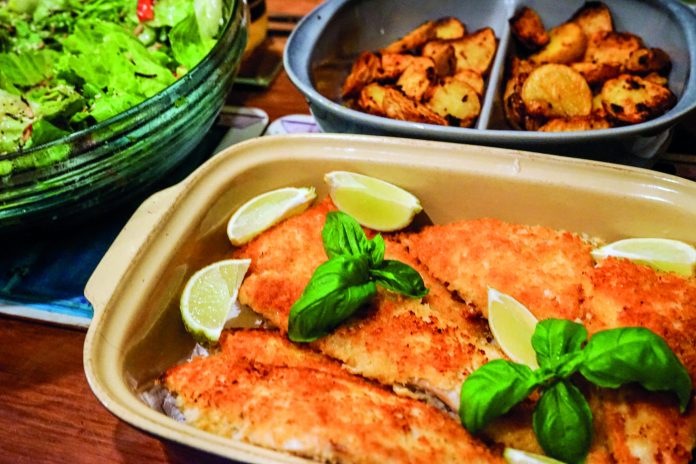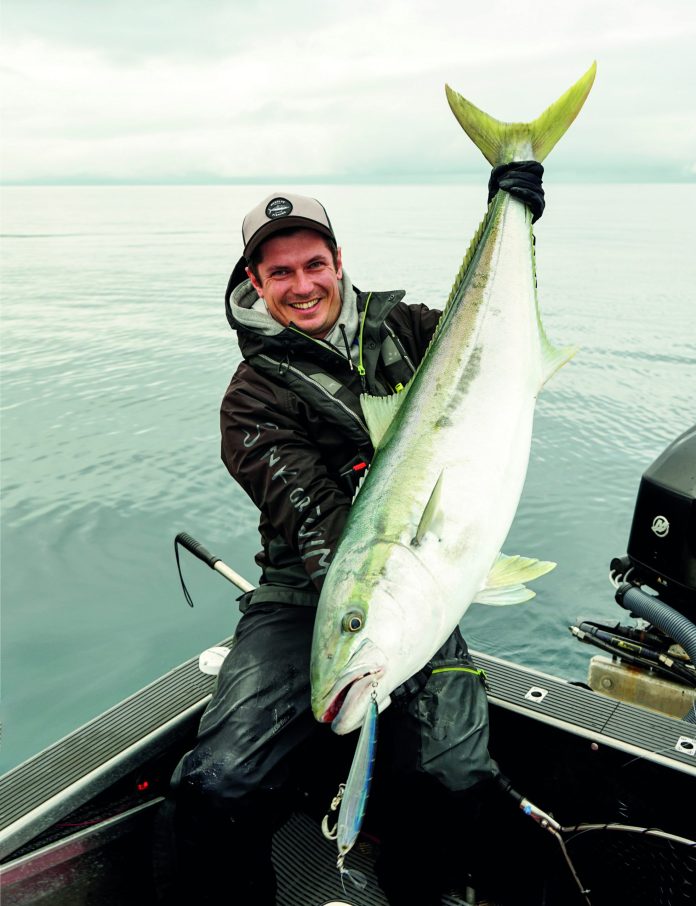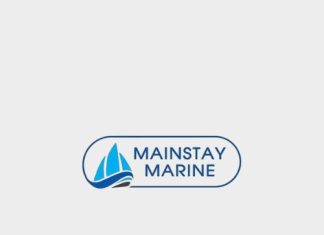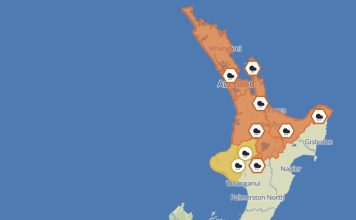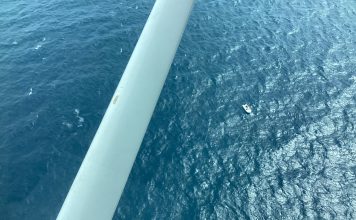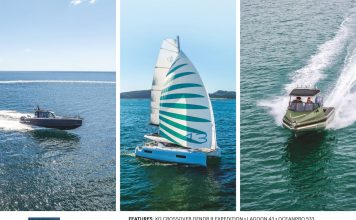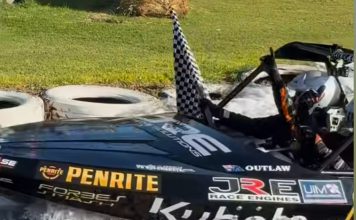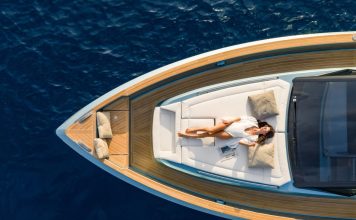Whether bait or lure fishing for snapper, a leader’s primary purpose is to protect against line damage.
In the first part of this series we discussed the roles traces/ leaders play when fishing for snapper using some of the more popular bait-fishing techniques. This month I focus on the part leader choice plays when lure fishing for snapper.
When fishing lures, just as with using baits, the leader’s primary role is to protect against potential damage from fish teeth. Leaders also protect against abrasion damage from structures on the seafloor.
To accomplish this, the leader must be thicker and/or tougher than the mainline, but not so thick that it’s easily visible to fish, potentially putting them off biting. Furthermore, a thick trace can dampen a lure’s natural action, making it seem less attractive.
Achieving a reasonable compromise when rigging different lures can be tricky, with so many lure types in all sorts of configurations, shapes, weights and materials. And fishing situations can be very diverse as well!

We will concentrate on the most popular lures for snapper fishing: slow-jigs, flutter-type lures (including centre-weighted and slow-pitch); micro-jigs; and soft-baits.
LEADERS FOR SLOW-JIGS
Slow-jigs include madai, inchiku and kabura/slider styles. Those suitable for snapper typically come in weights from 30-150g, sometimes 200g.
Around 2-2.5m of leader material will do the job and anglers will get better performance from specialist trace material rather than short lengths of heavy mainline. Fluorocarbon is the best choice, followed by good quality nylon leader.
The heavier the slow-jig, the stronger the trace should be, particularly fishing in deep water where light levels are reduced making trace visibility less important. Choosing a trace that’s heavy enough is particularly important with kabura-style lures, as their heavy, free-sliding heads get flung about violently when big snapper shake their heads, which can cause destructive leader damage in lighter and/or softer materials.
Use a knot rather than a swivel to connect the trace to the mainline to avoid the swivel hitting the tip guide when leaving a couple of metres of trace (and possibly a fish) still hanging in the water. A strong, streamlined knot like the FG or PR works best, since they easily pass through the guides, allowing the lure (and the fish) to be drawn close to the boat for appropriate handling. However, I realise for many it’s a pain to learn to tie such knots, so the old faithful, but bulkier, back-to-back Uni knot is an easier to tie alternative.
Use a Uni knot when tying slow-jigs to the leader – it’s strong and relatively easy to tie and pull up, even when using the thickest of trace material.
As the angler is always working the lure and the lure’s weight keeps the line nice and tight, it’s rare for snapper to swallow the lure whole, limiting tooth damage to the leader. It’s the assist rig’s skirt and cord that suffer the most tooth damage.
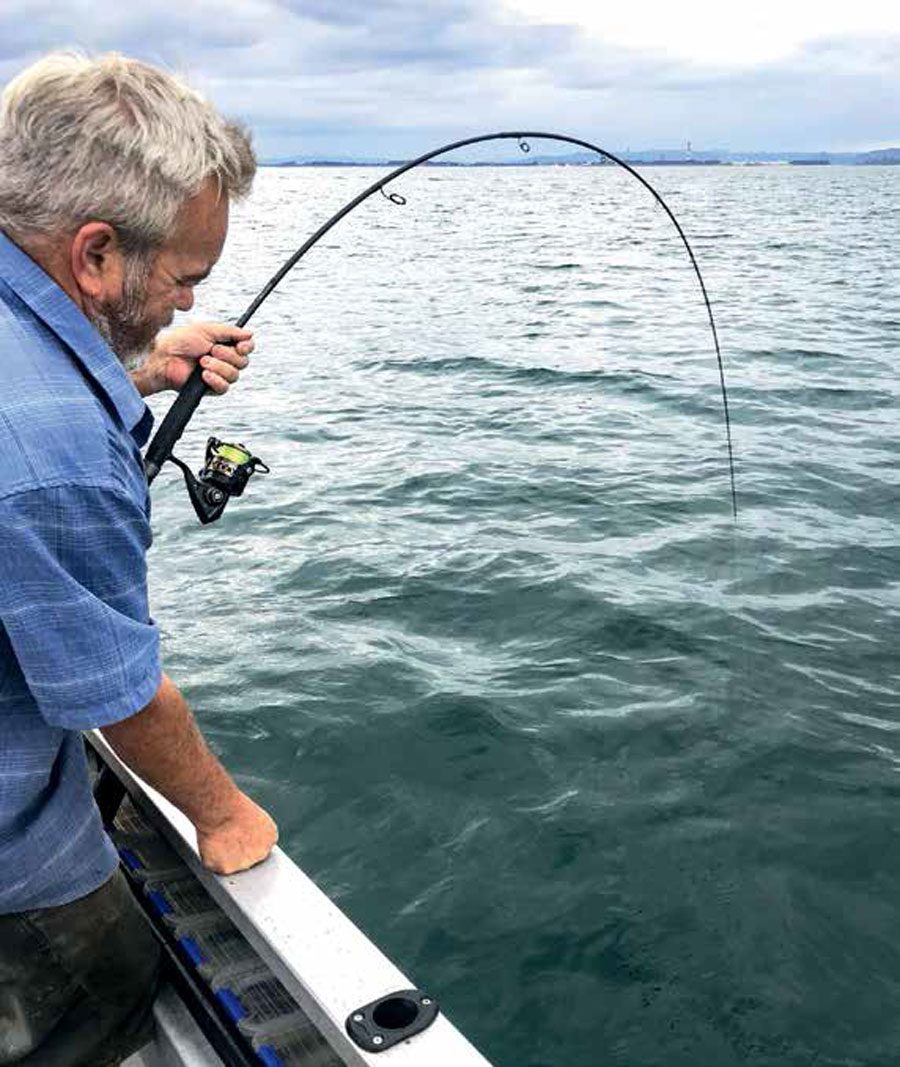
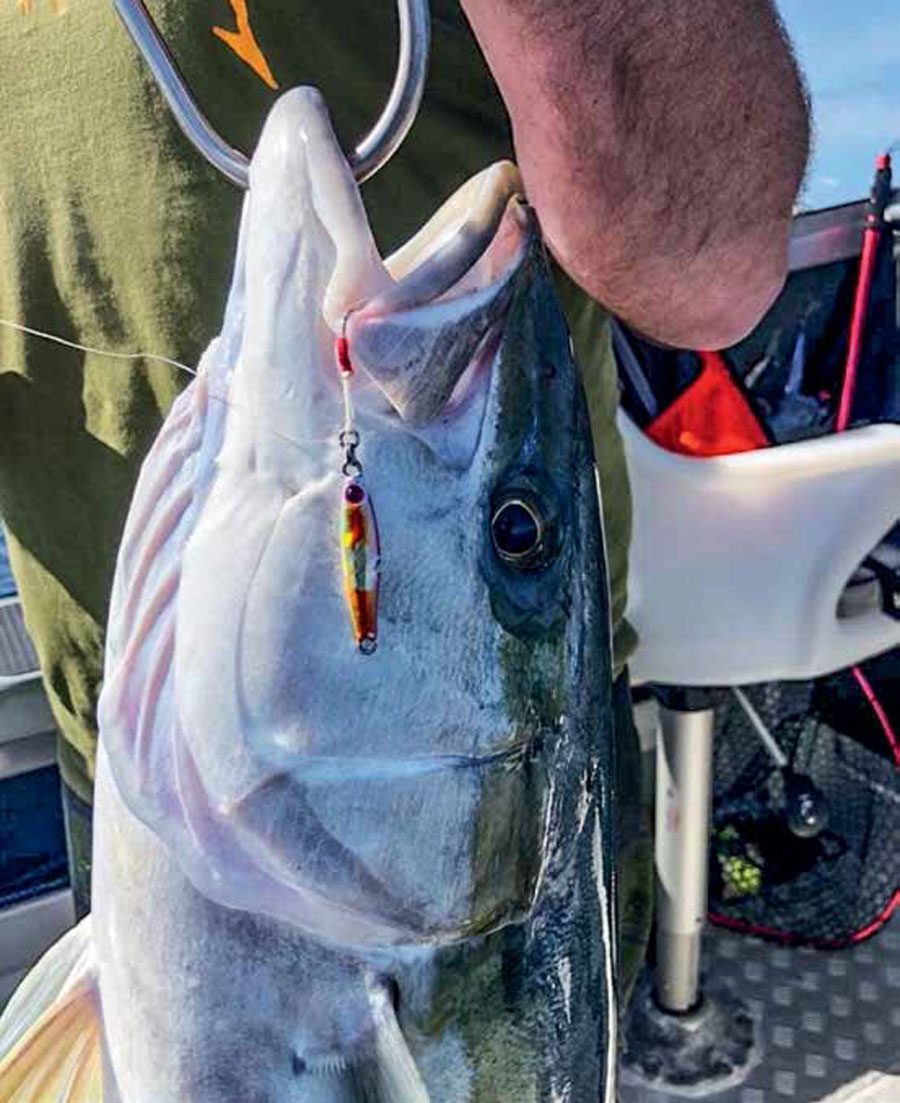
MICRO-JIGS
As the name suggests, these lures are small, typically anything from a handful of grams to around 30g, but that doesn’t mean large fish won’t eat them. Indeed, very few predators of any size can resist these small, highly realistic baitfish imitations, provided the presentation looks enticing.
Because micro-jigs are so small and anglers move them around a lot, predators often miss them when they bite, chewing on the leader by mistake. This leads to chafing, slashing and crushing damage, so a decent leader definitely helps – and check it for damage after every bite. The smaller the lure the thinner the trace should be; I recommend using fluorocarbon, as it’s harder to see underwater than nylon and tougher too. Two or three metres of 12-20lb leader generally does the job.
If the trace is too thick, fish may be put off biting and the lure won’t behave properly, also reducing the number of bites.
The knot joining the trace to the mainline should ideally be an FG knot, but if that’s too tricky to tie, a back-to-back Uni knot can be used instead.
Most micro-jigs are fitted with an assist hook rig that hangs from the ‘head’ of the lure. The leader should be tied to the assist rig’s solid ring, not the split-ring or the lure’s wire loop.
Ideally the assist rig should lift and drop along with the lure, so it can be sucked into the mouth of a biting fish, so avoid attaching them to the leader with a ‘fixed’ knot such as the Clinch or Uni knot. Instead, use a Loop knot such as a Rapala Loop Knot or Lefty Kreh’s Loop Knot. Small, strong clips such as the smallest Mustad Fastach clips also work, but clips have the potential to fail, especially those connected to small lures that may be inhaled and chewed on.

FLUTTER AND SLOW-PITCH TYPE JIGS
Jigs designed to wobble and/or weave upwards, then flash and flutter as they fall, can also be devastatingly effective. For targeting snapper, these jigs can weigh anything from an ounce to six ounces (28-180g). The weight and size to use depends on the water depth, wind and current speeds, and the size of fish being targeted.
Many of the points I made about micro-jigs apply to these lures, too, including the need for a heavier protective leader and tying leaders to the assist rig’s solid ring rather than the split-ring or the lure’s wire loop. Ditto for the recommended joining knots.
When fishing deeper water – 40-60m, say – even a relatively thick leader is masked to some extent, but it still pays to use the lightest trace you can get away with. These lures are designed to lift and fall in a reasonably vertical manner and a thick trace catches the current more than a thin one, dragging the lure away from the vertical plane.
For similar reasons, the braided mainline (don’t use nylon monofilament) should be as light as practicable – the thinner it is, the better it will cut through the water, wind and current, allowing the lure to fish vertically for longer.
SOFT-BAITS
Soft-baiting’s popularity shows no signs of waning, especially given the burgeoning interest in ‘micro-baiting’ (fishing with 2.5-3.5-inch soft-baits presented on 1/20-¼oz jig-heads armed with hooks smaller than 1/0). This style of fishing has more enthusiasts than ever.
It’s easy to see why. Although soft-baits often posess inherent actions, they can also be manipulated by anglers to look even more lifelike or ‘attractively injured’. To the fish, soft plastic baits feel and can taste like food, too, so they’re the complete deception package.
Get the trace wrong though and much of their fishcatching potential is lost…
Again, fluorocarbon leader is better than nylon, thanks to its better abrasion resistance and low-visibility.
Although you can get away with leaders of a couple of metres in length or less, I prefer leaders of around three metres at the beginning of each fishing session. This allows for jig-head changes and replacements, along with cutting away damaged leader, perhaps. The extra length is very helpful when fishing areas of foul. While braid is generally quite tough it’s also very thin, so it cannot compete for abrasion resistance with fluorocarbon leader’s much greater diameter. Fluorocarbon always wins over braid when dragged over rocks and weeds under pressure.
A strong and streamlined knot is especially important for joining fluorocarbon leaders to braid mainline. Yes, the FG knot is a bit of a pain to learn and a challenge to tie in the confines of a small, rocking boat, but it casts beautifully through the smallest of guides, rarely tangles, and retains its strength for long periods of time, even under load. So look up a recommended version online (my own FG method is different) and make the effort to learn it! This one looks promising: https://youtu.be/ZPTzkep9xlI
The lead-head jig is usually tied onto the leader with a Lefty Kreh’s or Rapala Loop knot, both of which allow the lure more freedom of movement. However, a Uni knot will do the job. Or try a Mustad Fastach clip (the option without the swivel) – it’s compact, strong and allows plenty of jig-head movement. From memory, the second-smallest available works best with soft-baits. However, I must stress that no clip is fool proof… BNZ

SUGGESTED LEADER BREAKING STRAINS FOR THE SLOW-JIG WEIGHTS ARE AS FOLLOWS:
30-40g lures: 25-30lb
50-80g lures: 30lb
100-120g lures: 40lb
140-160g lures: 50lb
180-200g lures: 60-80lb
With slow-jigs, it is far better to err on the side of too much weight than too little – jigs should get to the seafloor and stay there. Too light and lures tend to lift off the bottom in the current, drawing them away from the seafloor where snapper mostly hold. When fishing water over 40m deep, I recommend starting with 120-140g lures – even heavier if necessary!
SUGGESTED LEADER TO LURE WEIGHTS:
30g (1oz) lures: 20lb
40-60g lures: 25lb
80-120g lures: 30lb
140-180g lures: 40lb
RECOMMENDED FLUOROCARBON BREAKING STRAINS:
Soft-baiting in channels and over sandy areas: 15-20lb
Soft-baiting in rocky terrain, and/or if kingfish are possible: 20-30lb
Micro-baiting (usually done in shallow, open, sandy areas): 12lb.










